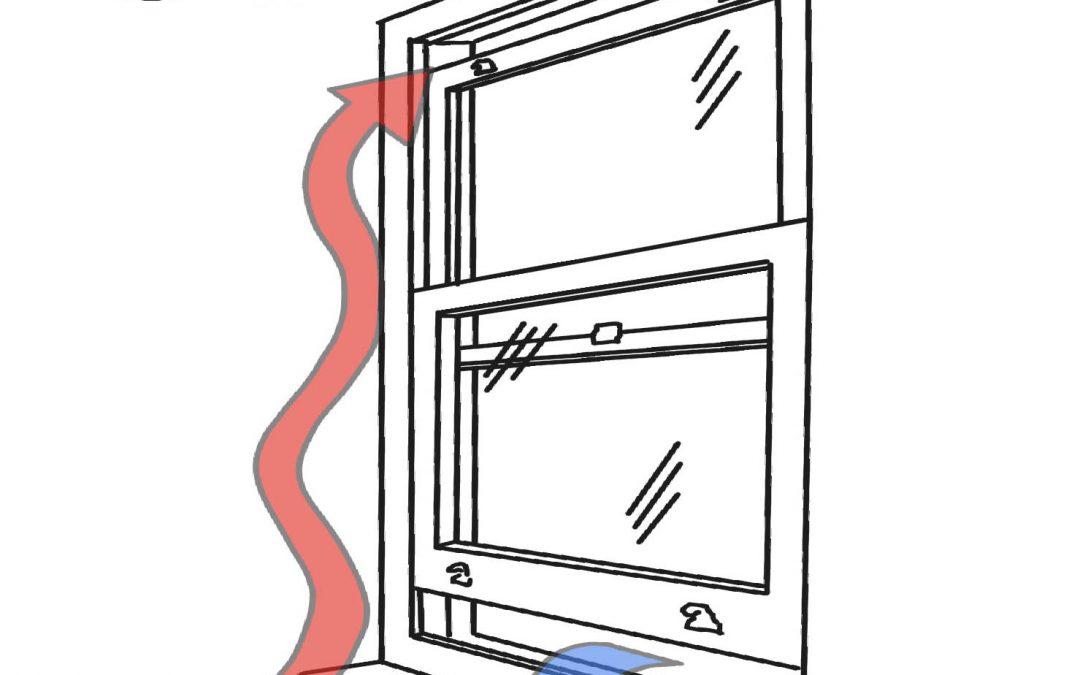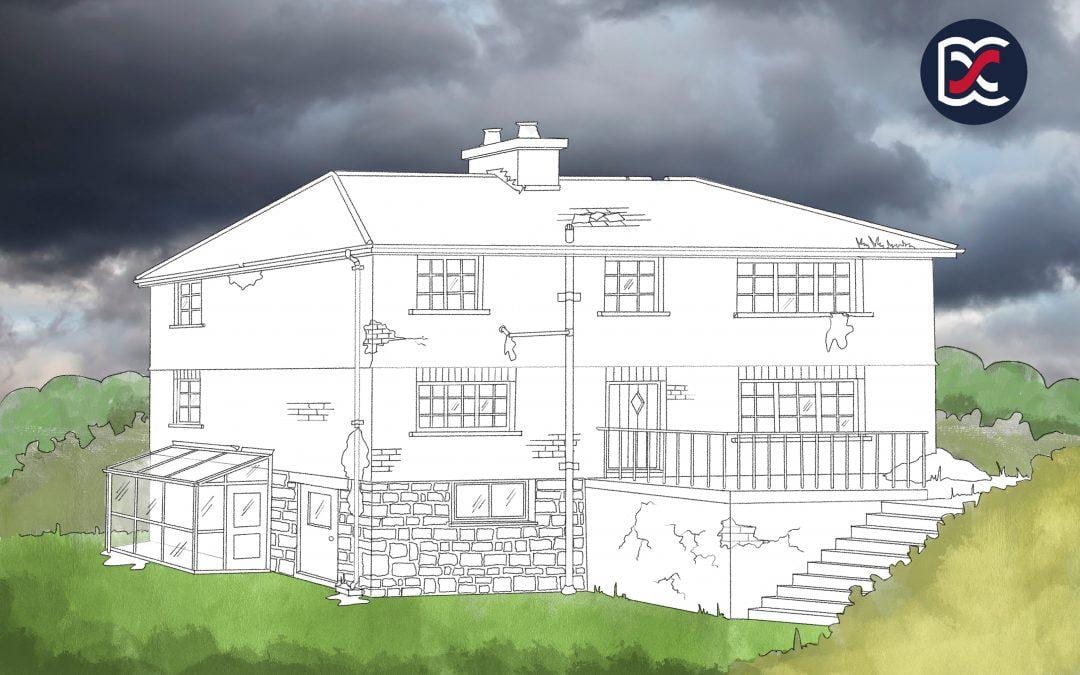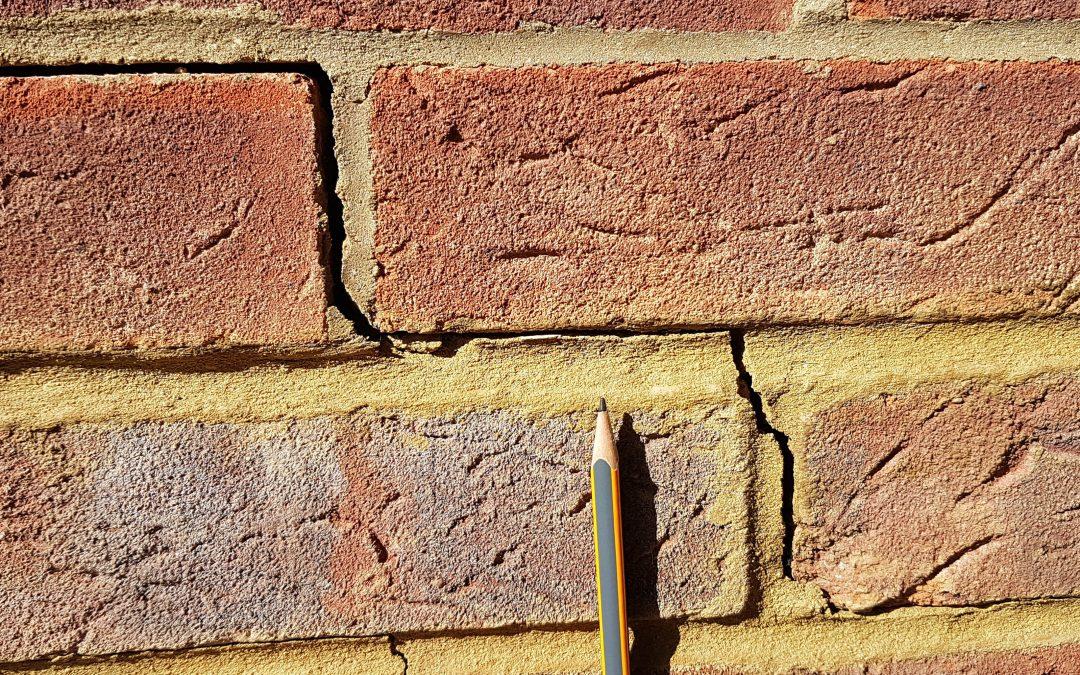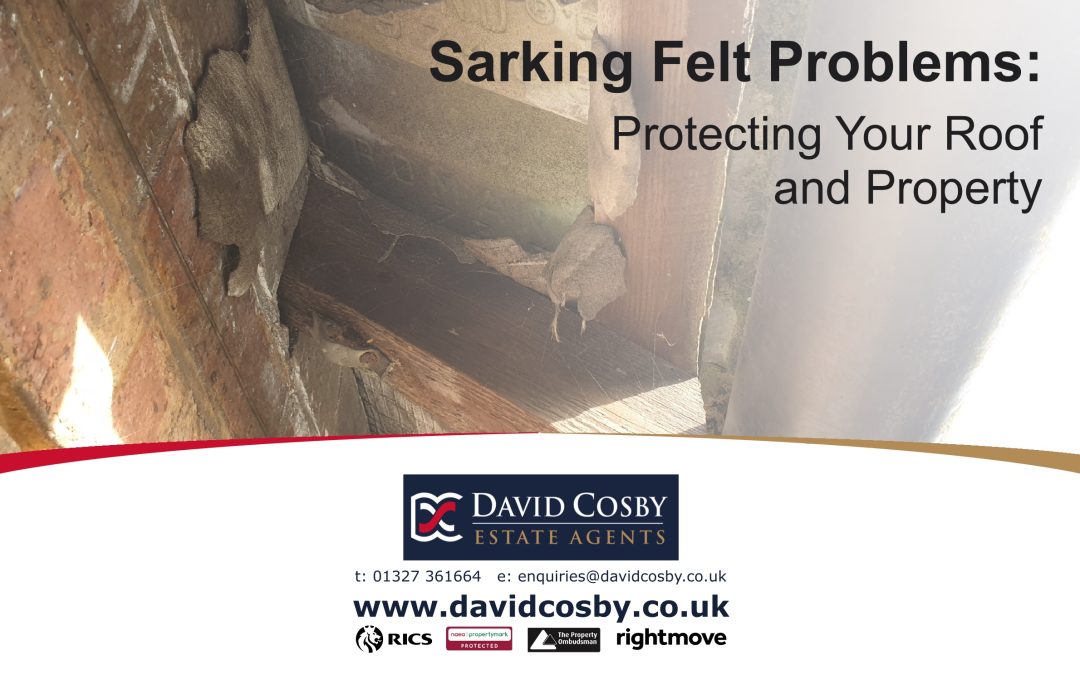
Sep 21, 2021 | Building Pathology
Northamptonshire Sandstone The richly coloured sandstones of Northamptonshire are formed from compressed marine sediments that date to the Jurassic Age. They have been used as local building materials since Saxon times and include notable ecclesiastical buildings such...

Jul 22, 2021 | Architectural History, Building Pathology, Building Technology, David Cosby Estate Agents
Sash Windows Sash windows can be slid open at both the top and the bottom. This simple arrangement permits passive ventilation to occur (a form of natural air-conditioning). It is a method of providing clean fresh air throughout the house that our ancestors in the...

Jul 5, 2021 | Building Pathology
Dampness Dampness in a building is one of the more common defects picked up by surveyors during Home Survey Reports. It can result in unforeseen cost, time and aggravation. To categorise where dampness comes from, we can consider three locations: From...

Dec 9, 2020 | Building Pathology
Discount Less Serious Causes Interpreting whether a crack is of structural significance can be one of the more challenging aspects for a Surveyor conducting a building inspection. There can be a tendency to err on the side caution and conclude that most cracks are...

Sep 27, 2020 | Architectural History, Building Pathology
Timber Wall Panelling: Concealed Defects Timber wall panelling often arouses suspicion among surveyors. What’s lurking behind the panels? Were the panels erected to hide a defect? It is very possible that the timber framework is in contact with a damp wall. Without...

Mar 26, 2020 | Building Pathology
Introduction: There is a common defect that we find on many of our home surveys that can go unseen for long periods of time. It occurs under the roof at eaves level and often leads to other more serious defects occurring such as timber decay or even rainwater ingress...







